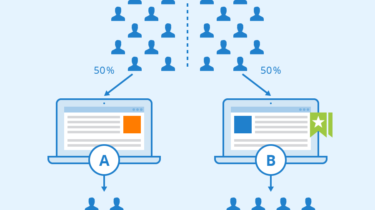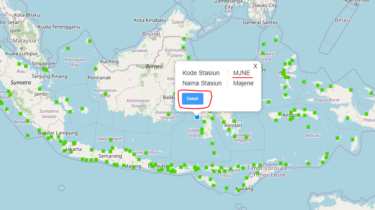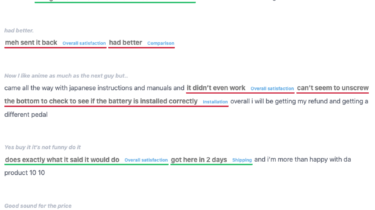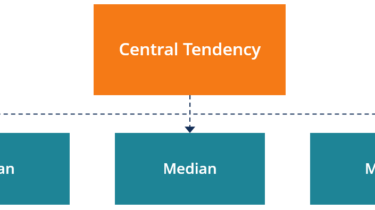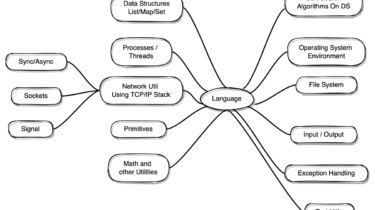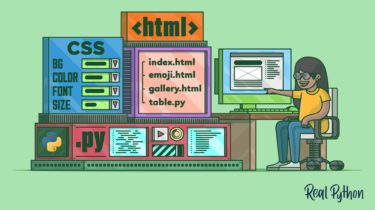A|B Testing… Understand the easy way
A|B Testing is a basic randomized control experiment. It is a way to compare the two versions of a variable to find out which performs the better in a controlled or supervised environment. For Intstance, let’s say you own a company and want to increase the sales/conversion rate of your product. A|B testing is one of
Read more